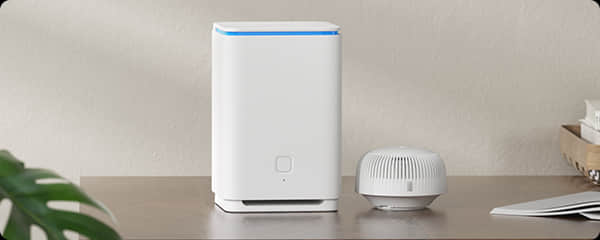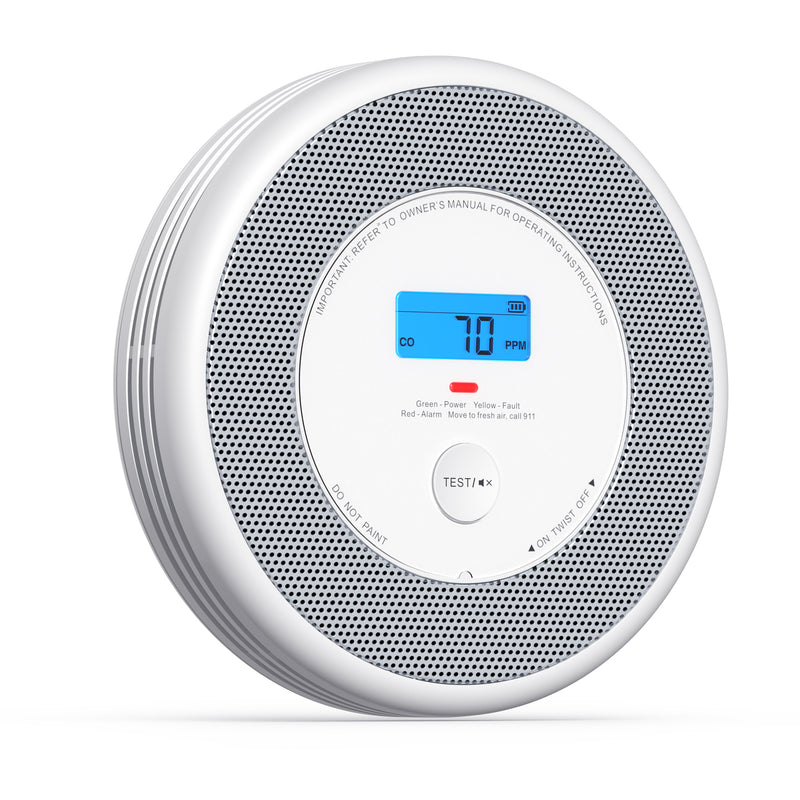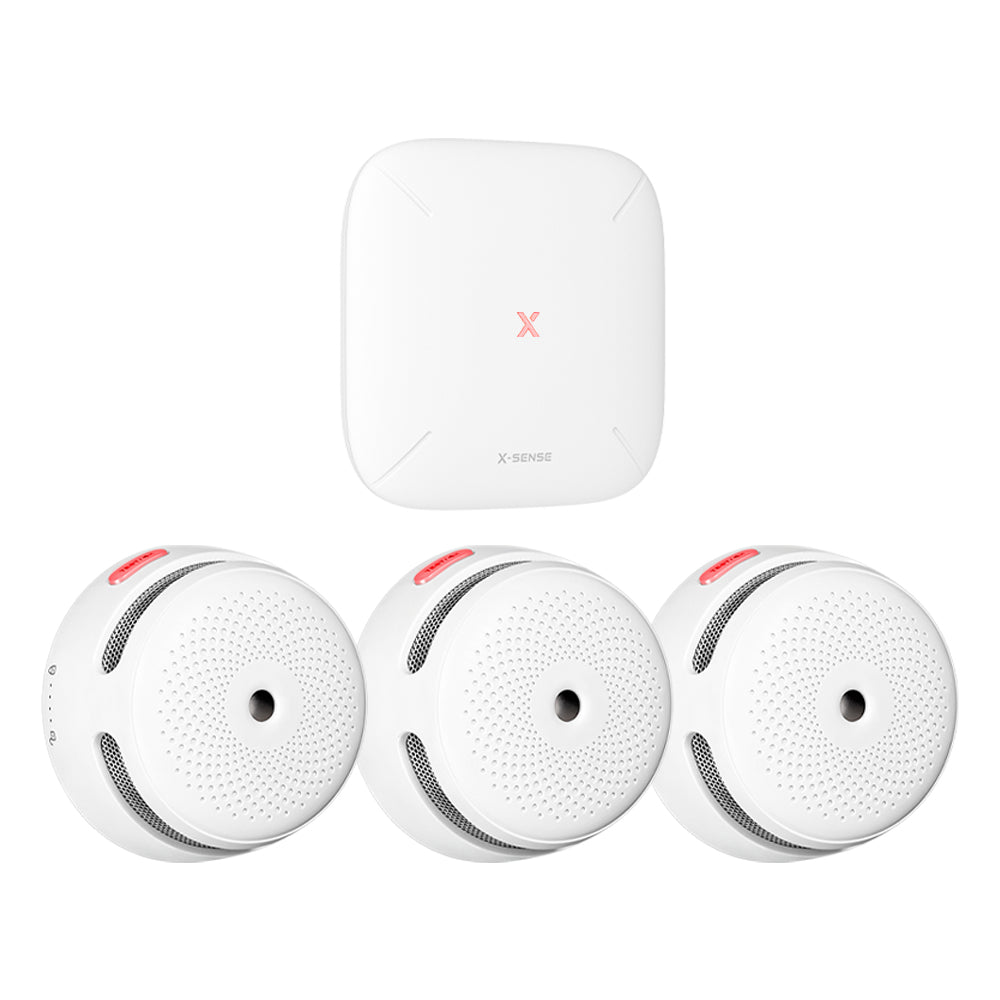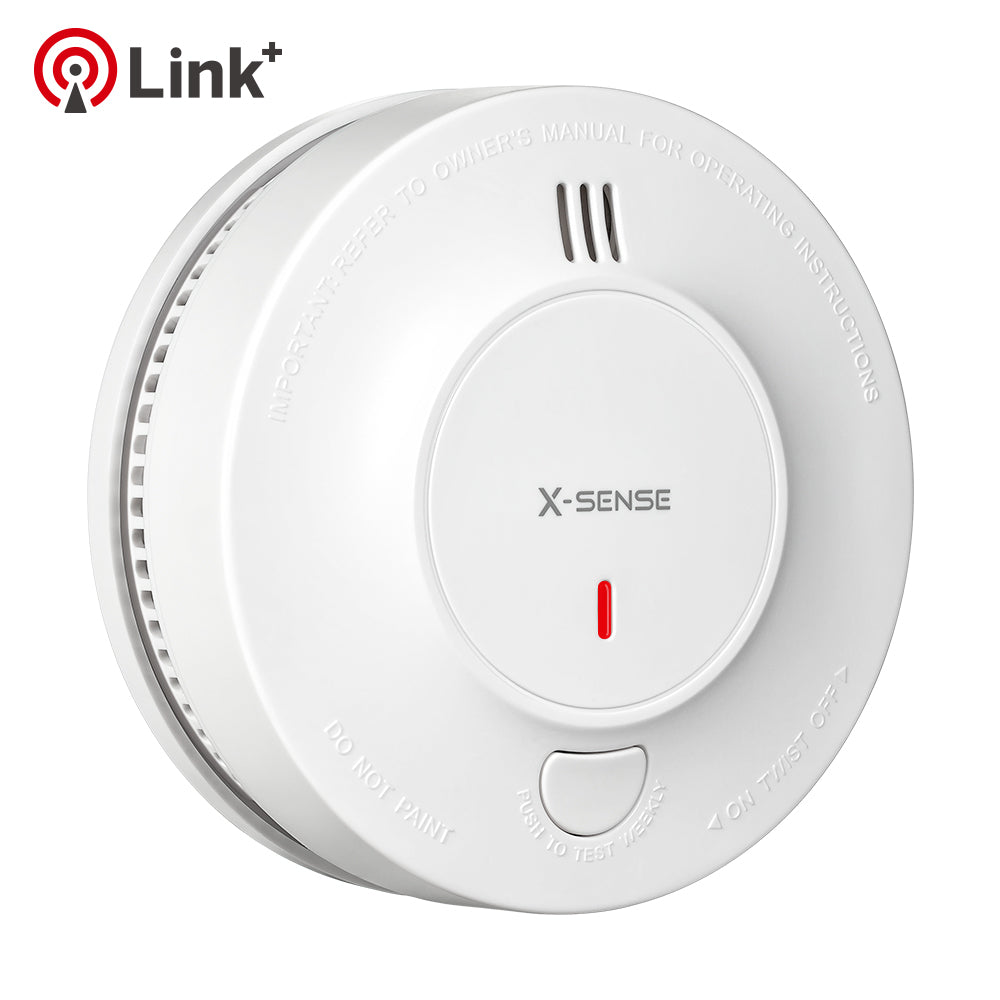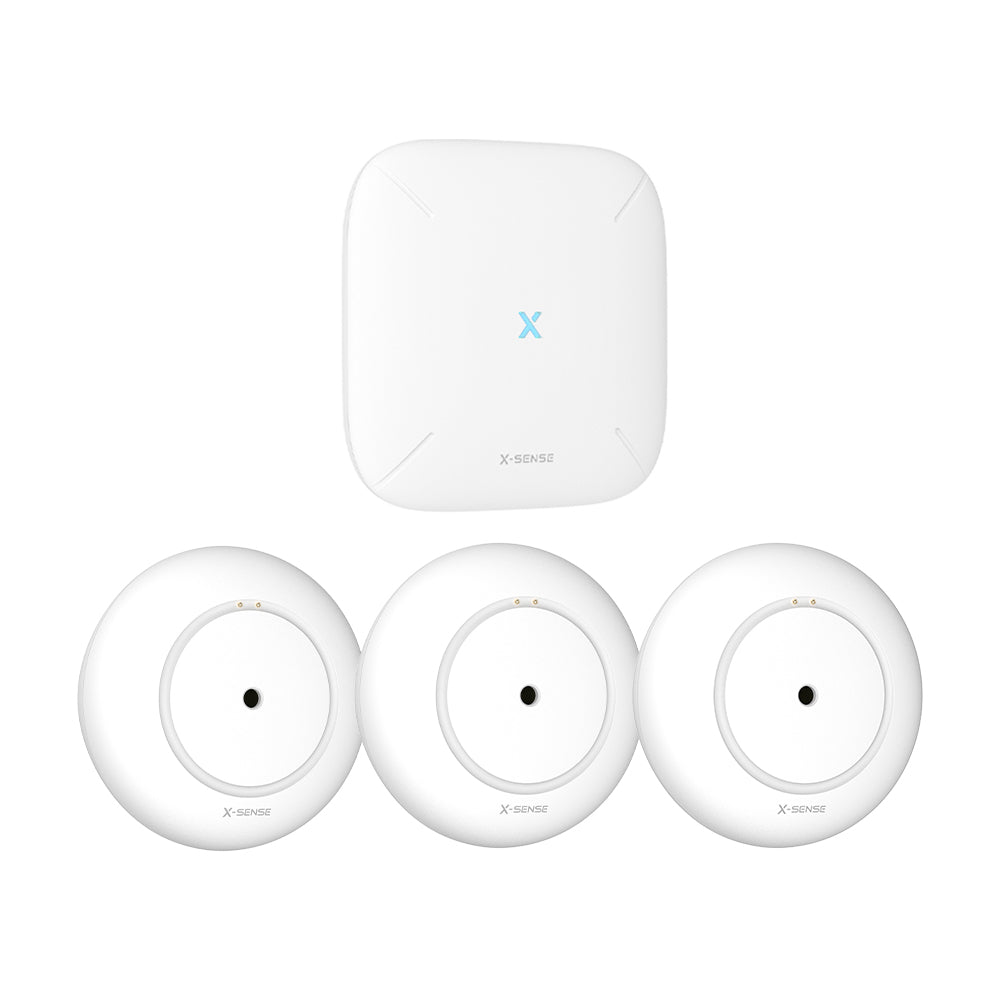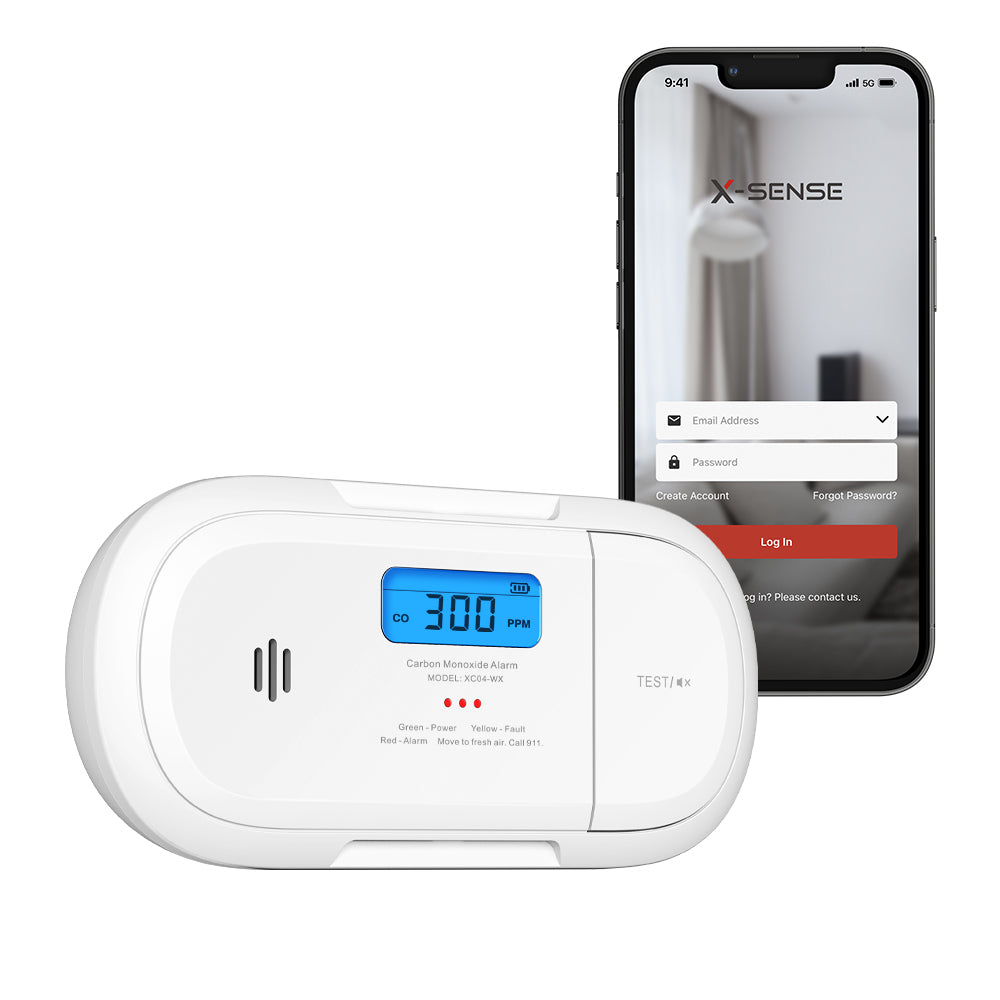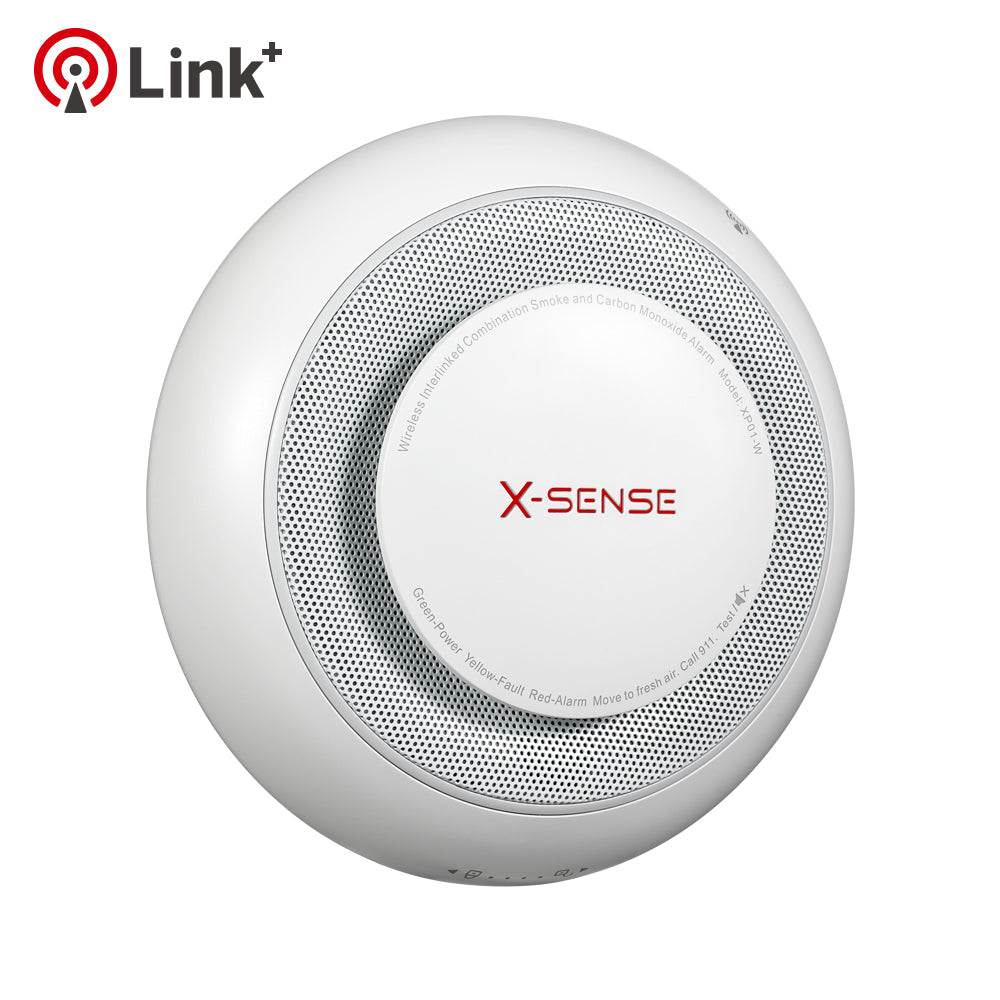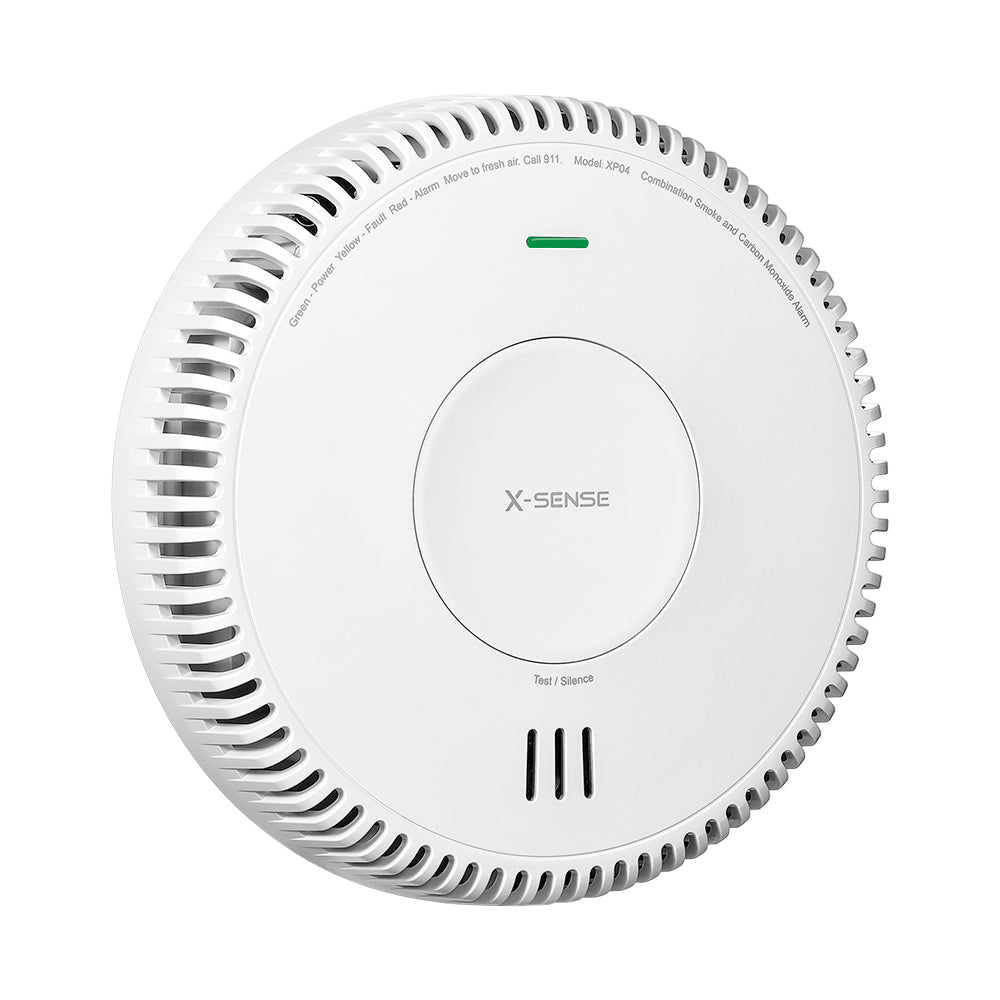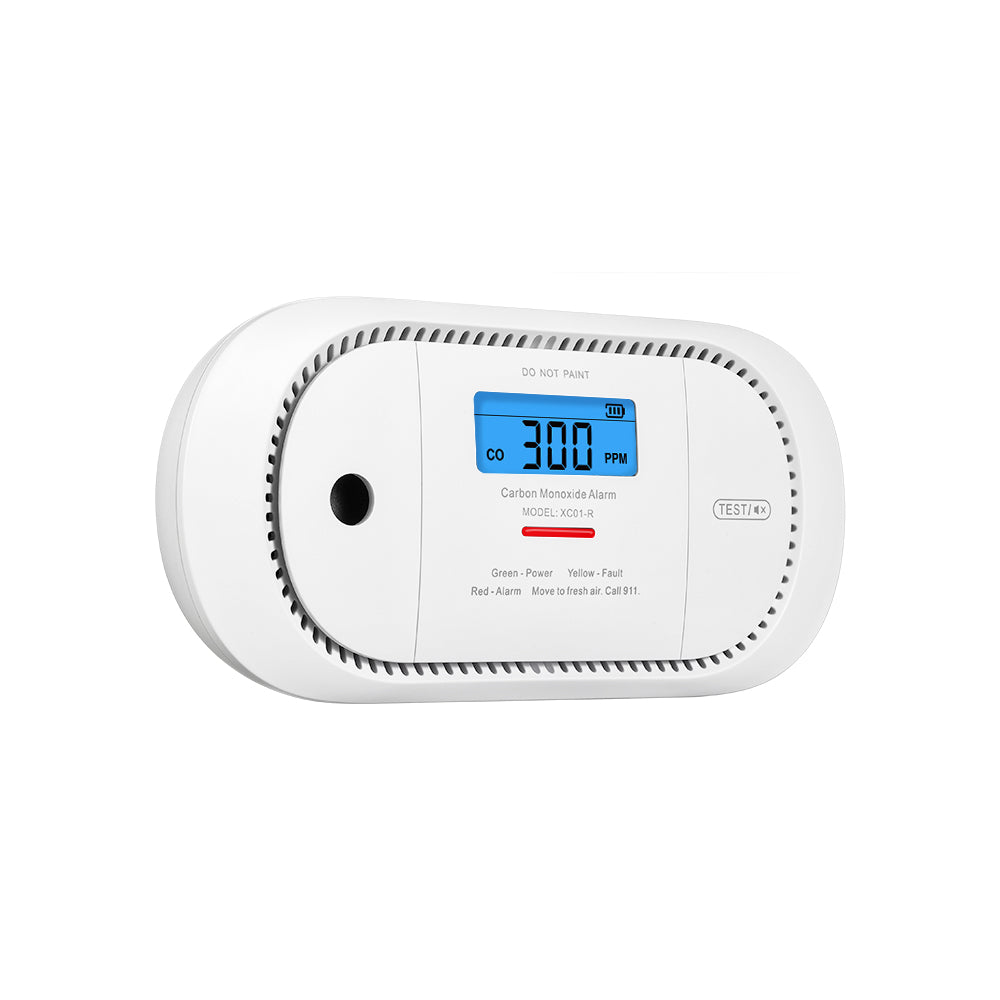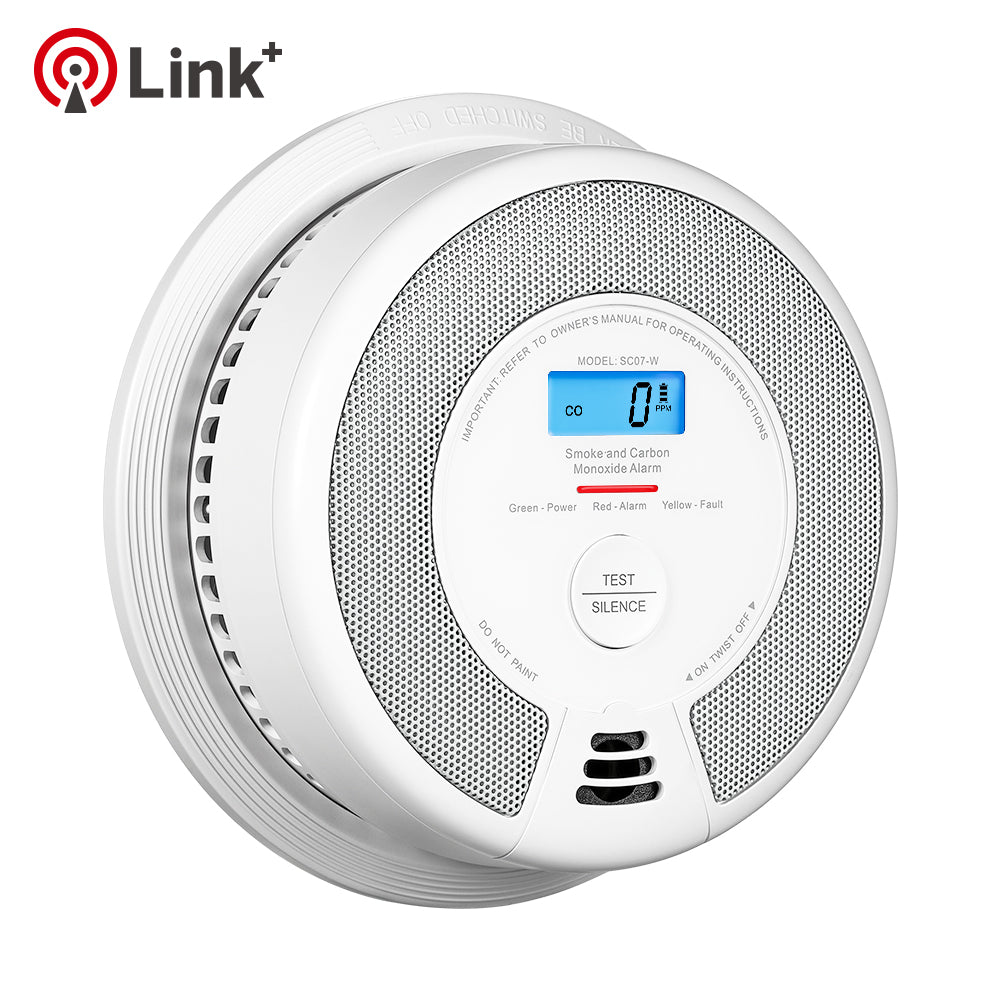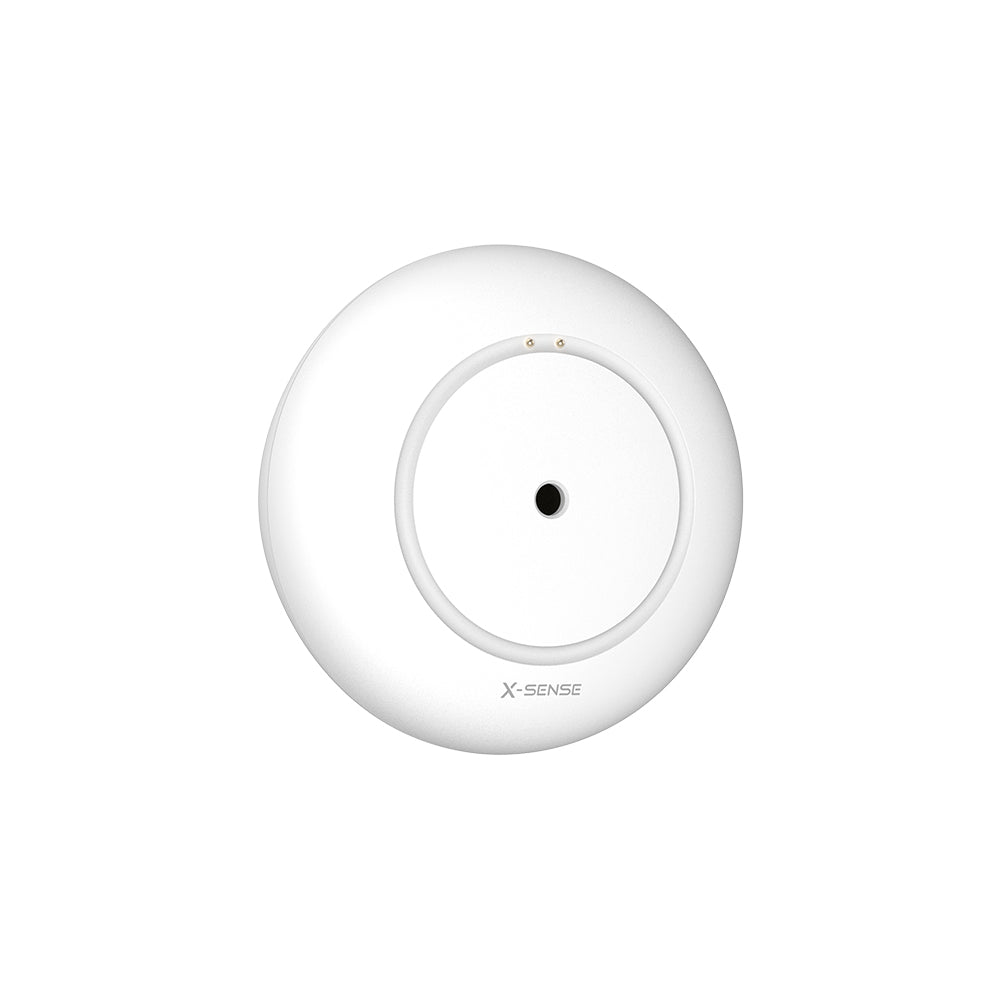Understanding Smoke Detector Alerts: Guide to Decoding Beeps and Sounds
Mon, Apr 22, 2024
Introduction: Smoke detectors are essential devices that provide early warning of potential fire hazards in our homes. When a smoke detector detects smoke or other signs of fire, it emits various types of alerts to notify occupants of the danger. Understanding what these alerts mean is crucial for ensuring the safety of your home and loved ones. In this article, we will decode the different types of smoke detector alerts and provide a comprehensive guide to help you understand and respond appropriately to each alert.
- The Importance of Smoke Detector Alerts
- Types of Smoke Detector Alerts
- How to Respond to Each Alert
- Frequently Asked Questions (FAQs)
- Conclusion
The Importance of Smoke Detector Alerts
Smoke detector alerts play a critical role in providing early warning of fire hazards. They give you valuable time to evacuate and take necessary actions to prevent a small fire from turning into a catastrophic event. Understanding and responding appropriately to smoke detector alerts can make a significant difference in safeguarding your loved ones and minimizing property damage.
Types of Smoke Detector Alerts
Different smoke detectors utilize various alert mechanisms. Let's explore the most common types of smoke detector alerts:
Alert 1: Continuous Beeping
Continuous beeping is the most common alert sound emitted by smoke detectors. This alert indicates that the smoke detector has detected smoke or a potential fire hazard. The purpose of continuous beeping is to grab your attention and prompt you to take immediate action.
Alert 2: Intermittent Beeping
Intermittent beeping is often a low-battery alert. When the batteries in your smoke detector are running low, the detector will emit intermittent beeps to notify you that it's time to replace the batteries. Ignoring this alert can lead to a non-functioning smoke detector, compromising your safety.
Alert 3: Chirping Sound
A chirping sound from your smoke detector usually indicates a problem with the device. It could be due to a malfunction, a loose connection, or a sensor issue. Addressing this alert promptly is essential to ensure that your smoke detector is functioning correctly.
Alert 4: Voice Alert
Some smoke detectors are equipped with voice alerts. Instead of beeping sounds, these detectors use recorded voices to provide specific information about the detected hazard. Voice alerts can be more informative and help you understand the nature of the danger.
Alert 5: Silence
Silence is not an alert sound but rather a state when your smoke detector is not emitting any sound. This could mean that the smoke detector is functioning correctly and has not detected any smoke or fire hazards.
How to Respond to Each Alert
Understanding how to respond to each smoke detector alert is crucial for your safety. Here's a guide on how to respond to each type of alert:
Alert 1: Continuous Beeping
When you hear a continuous beeping sound from your smoke detector, follow these steps:
- Stay calm and quickly assess the situation.
- Check for signs of smoke or fire. If you see or smell smoke, evacuate immediately and call emergency services.
- If there are no visible signs of smoke or fire, carefully investigate the area where the smoke detector is located.
- If you identify the source of the smoke or fire, take appropriate action to extinguish it if safe to do so. Otherwise, evacuate and call emergency services.
- If there are no signs of smoke or fire and the alarm continues, it may be a false alarm. Check for any dust or debris that may be triggering the alarm. If necessary, use a can of compressed air to clean the smoke detector.
- If the alarm persists and you cannot identify the cause, contact the manufacturer for support.
Alert 2: Intermittent Beeping
When you hear intermittent beeping from your smoke detector, it is important to respond promptly to ensure the continued functionality of the device. Follow these steps:
- Locate the smoke detector that is emitting the intermittent beeping sound.
- Check the batteries in the smoke detector. If they are low or dead, replace them with fresh batteries if the detector is with replacable battery, or the entire device needs to be replaced if the battery is non-replaceable.
- After replacing the batteries, test the smoke detector by pressing the test button. If the beeping stops, the issue was resolved. If not, proceed to the next step.
- If replacing the batteries did not stop the beeping, check for any loose connections or wiring issues. Ensure that the smoke detector is properly mounted on the ceiling or wall.
- If the beeping persists after checking the batteries and connections, it may indicate a malfunctioning smoke detector. Contact the manufacturer for support.
Alert 3: Chirping Sound
When you hear a chirping sound from your smoke detector, it is essential to address the issue promptly. Follow these steps:
- Identify thesource of the chirping sound by locating the smoke detector that is emitting it.
- Check for any visible signs of damage or loose connections. If you find any, try to fix them.
- If there are no visible issues, try resetting the smoke detector.
- If the chirping sound persists after checking for visible issues and resetting the smoke detector, it may indicate a sensor problem or a malfunction. Contact the manufacturer for support.
Alert 4: Voice Alert
If your smoke detector is equipped with a voice alert system, follow these steps when you hear a voice alert:
- Listen carefully to the voice message provided by the smoke detector.
- Follow the instructions given in the voice alert. If it advises evacuation, do so immediately and call emergency services.
- If the voice alert provides specific information about the detected hazard, take appropriate action based on the instructions given.
- If you are unsure about the nature of the hazard or how to respond, contact emergency services for guidance.
Alert 5: Silence
When your smoke detector is silent, it means that it has not detected any smoke or fire hazards. However, it is important to regularly test your smoke detector to ensure its functionality. Follow these steps:
- Press the test button on your smoke detector to initiate a test.
- Listen for the alarm sound to confirm that the smoke detector is functioning correctly.
- If the smoke detector does not emit a sound during the test, check the batteries and connections. Replace the batteries if necessary and ensure that the smoke detector is properly mounted.
- If the smoke detector still does not emit a sound after checking the batteries and connections, contact a professional to inspect and service the device.

Frequently Asked Questions (FAQs)
-
Can smoke detectors detect carbon monoxide?
You could find Smoke and Carbon Monoxide Detector that support dual detection. -
How often should I replace the batteries in my smoke detector?
For smoke detectors with replacable battery, it is recommended to replace the batteries in your detector according to the battery life specified in the product instructions or when the low-battery alert is activated. -
Do smoke detectors require regular maintenance?
Yes, smoke detectors require regular maintenance to ensure their proper functioning. This includes testing the device, cleaning it from dust and debris, and checking for any visible issues. -
Can I install a smoke detector myself, or should I hire a professional?
X-Sense detectors are easy to install and users could do it independently. You could hire a professional to install a smoke detector to ensure that it is correctly positioned and connected to the power source if needed. Be careful not to let dust enter the detector during installation. -
Are there any additional features I should look for in a smoke detector?
Some advanced smoke detectors offer features such as interconnected alarms, smartphone notifications, and voice alerts, which can enhance the overall safety of your home. -
Can you explain the meaning of different beeping sounds from First Alert, Kidde, and X-Sense smoke and CO alarms?
A single beep every minute typically indicates a low battery, which requires immediate replacement. Double or consistent chirping every 30 to 60 seconds might suggest a malfunction or end of life for the unit, prompting a check or replacement. Continuous loud beeping(3 single beep every 1.5 seconds for X-Sense detectors) is an urgent alarm sound indicating smoke or CO detection; evacuate immediately and call emergency services.
Conclusion
Understanding the different types of smoke detector alerts and knowing how to respond to them is crucial for the safety of your home and loved ones. Regular testing and maintenance are vital to ensure their proper functioning.
